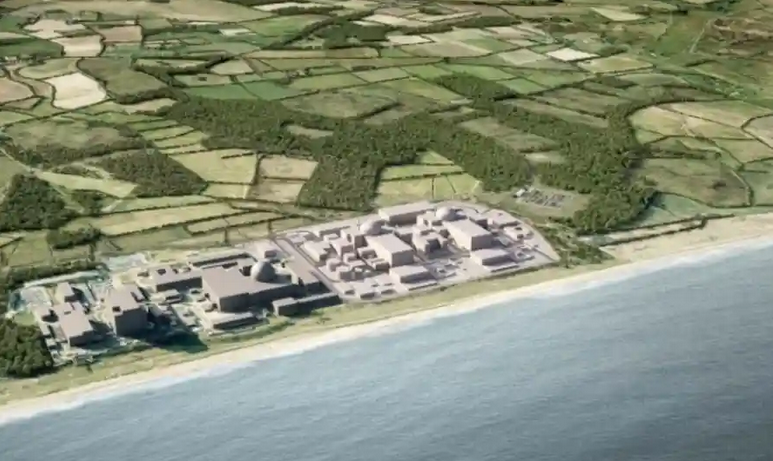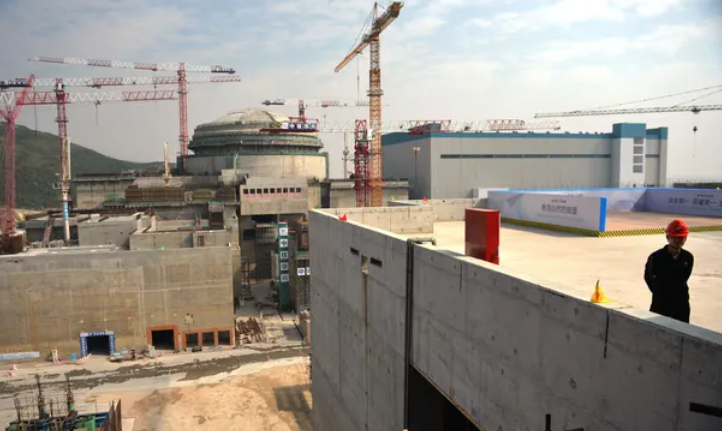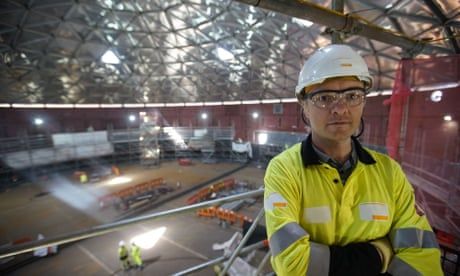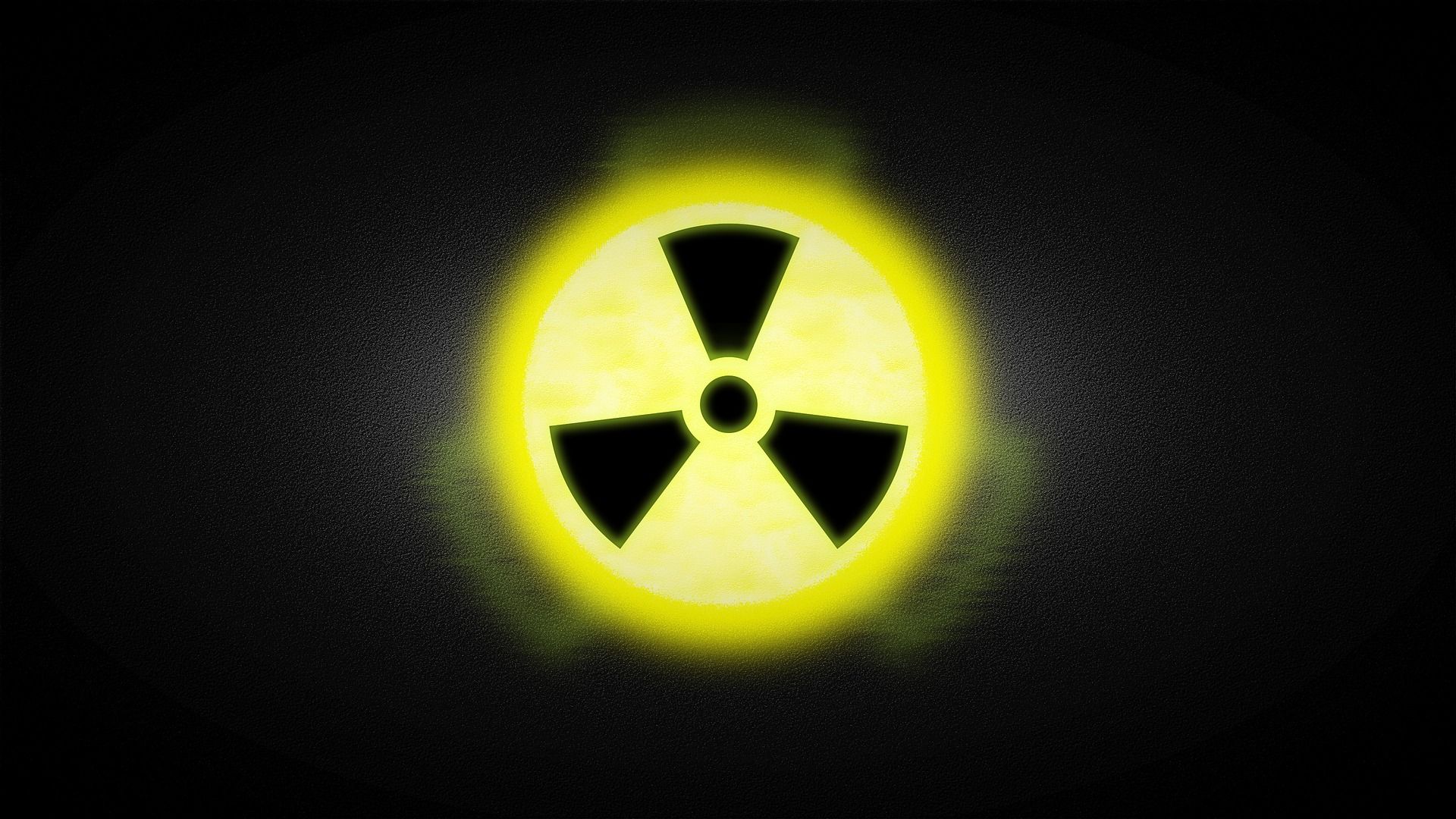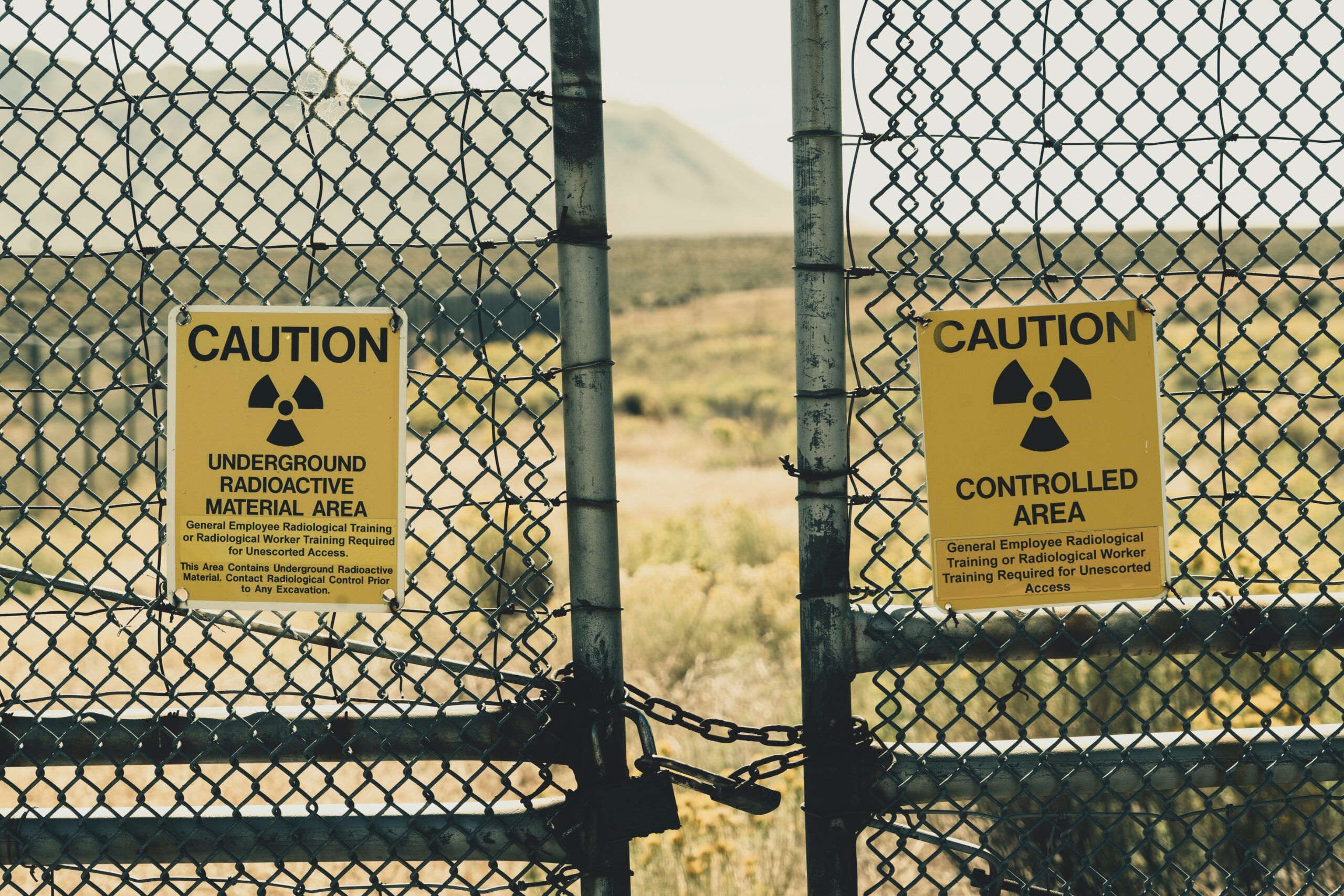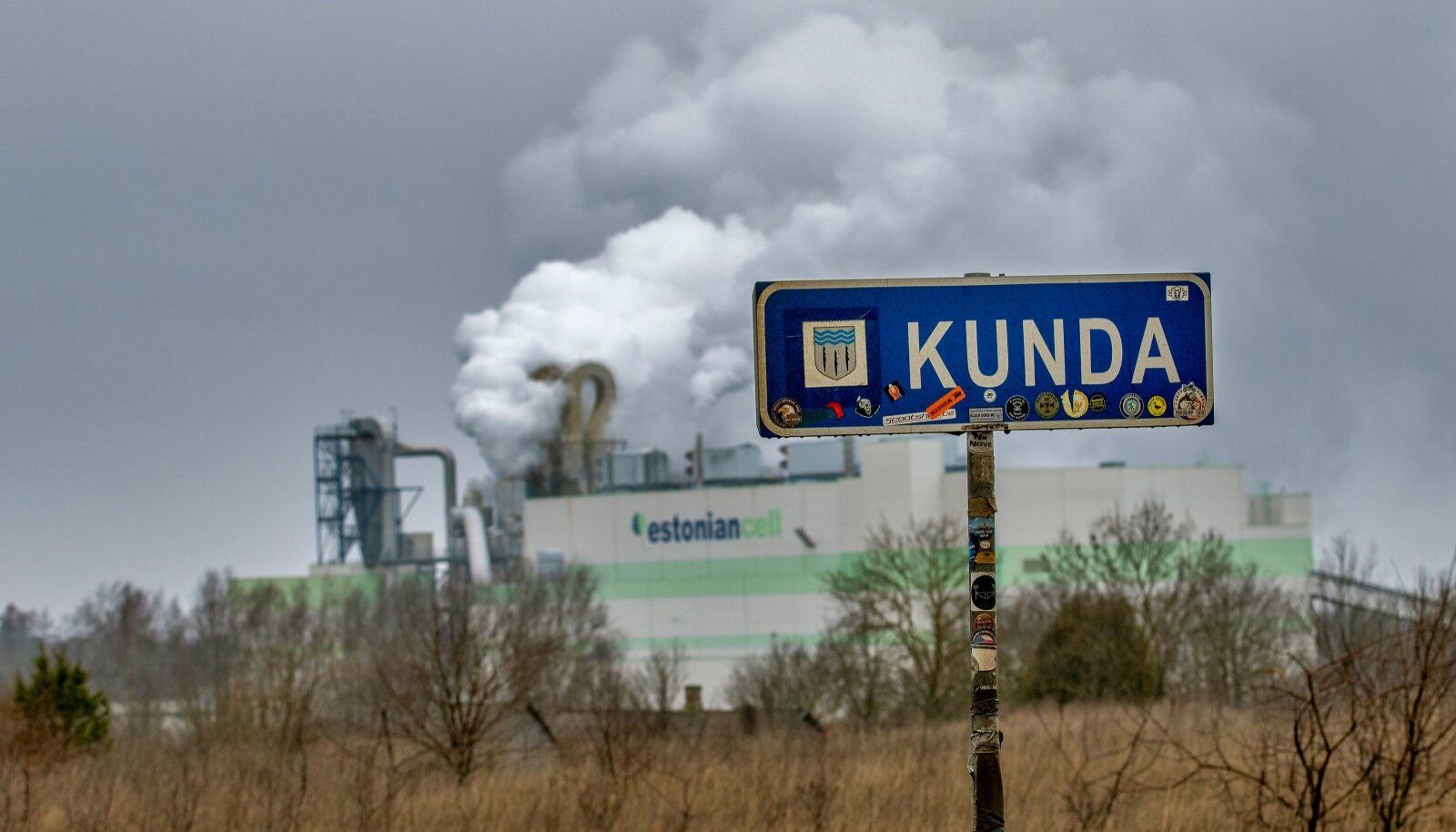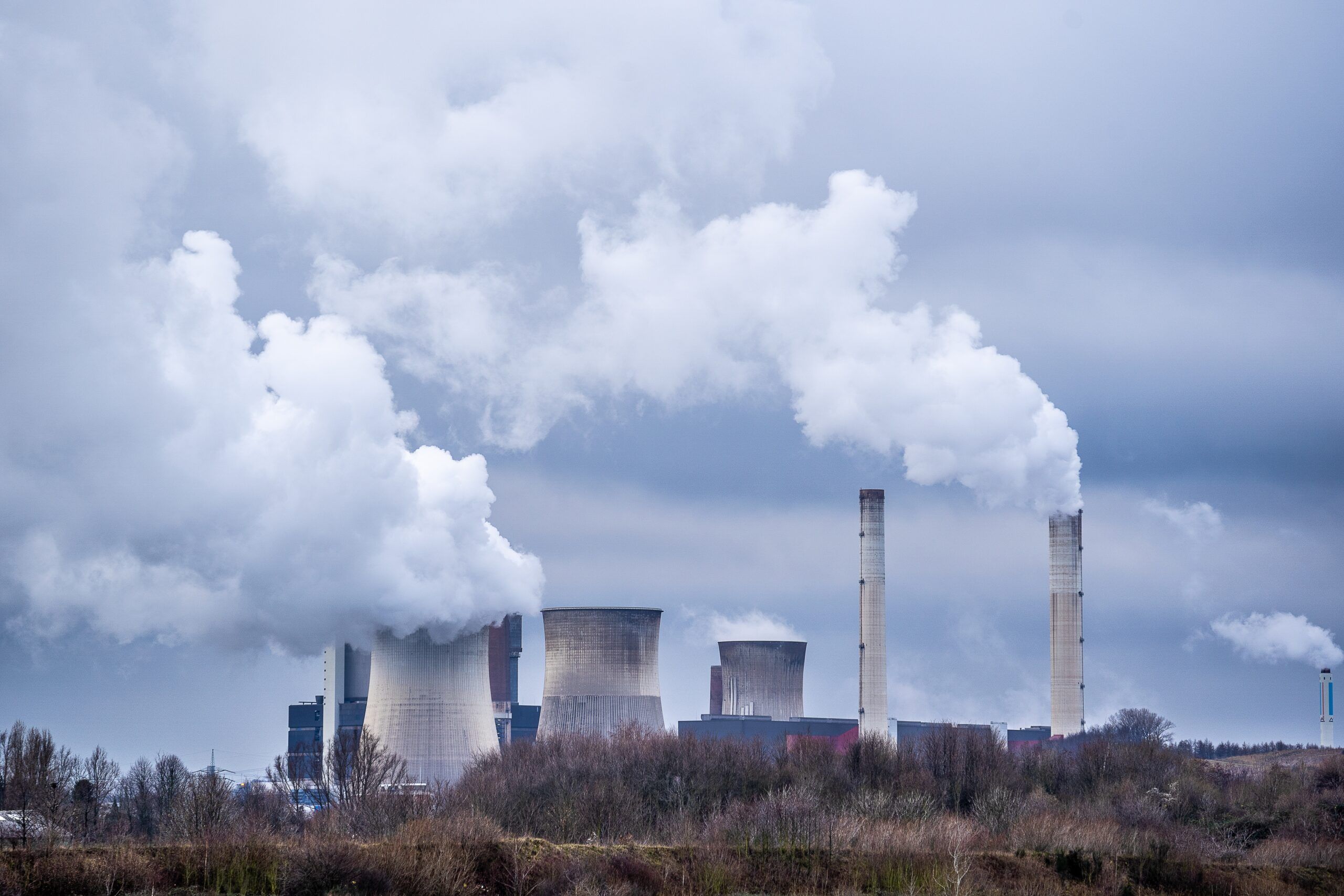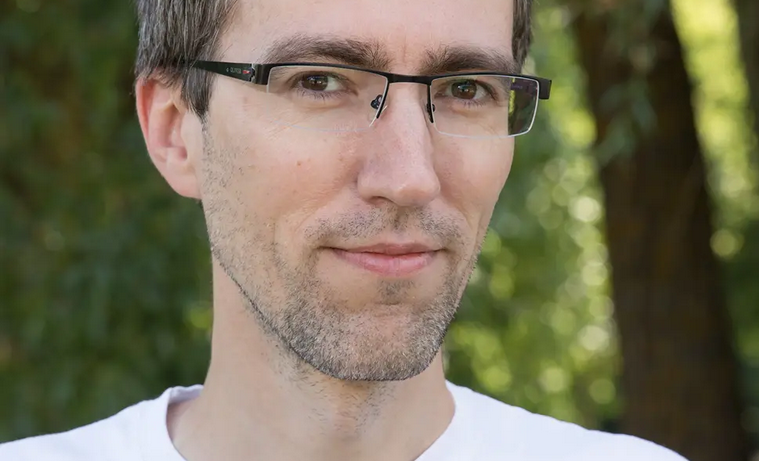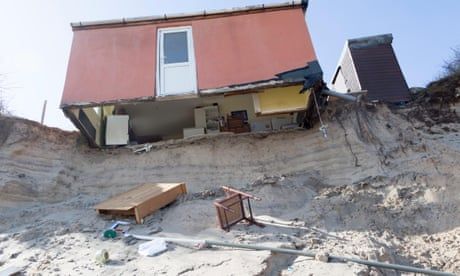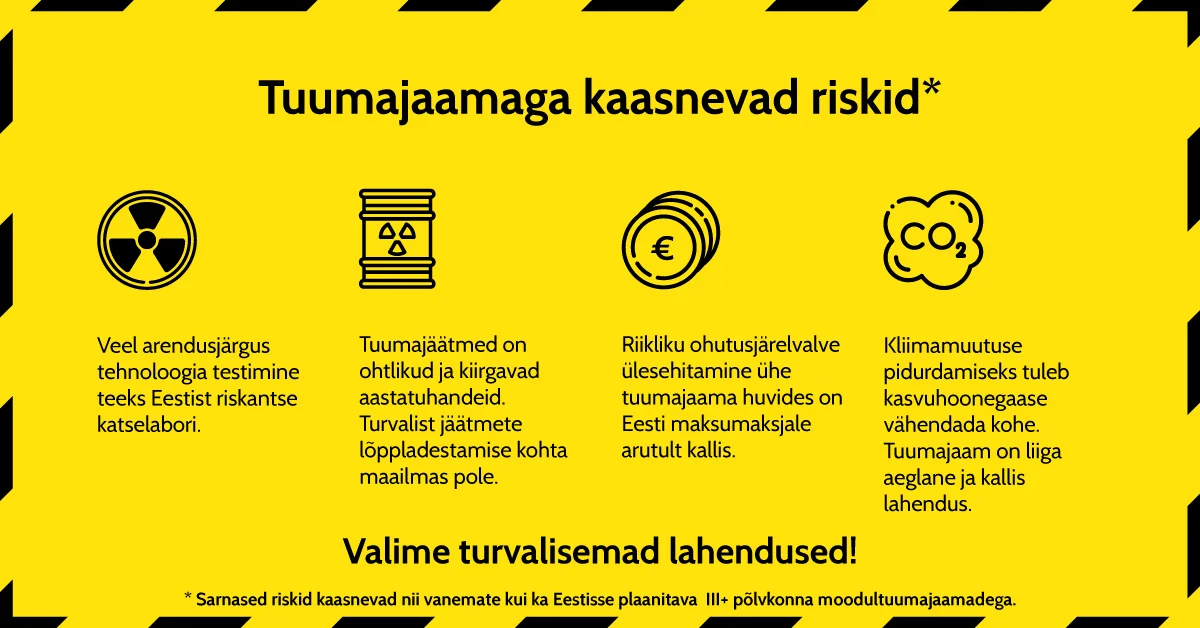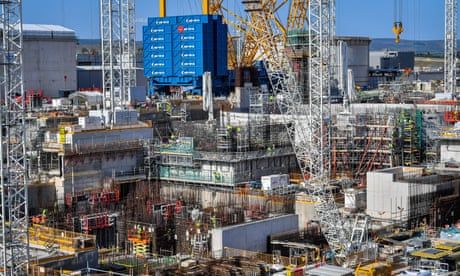Small Modular Reactors – the Estonian need or distraction?
On November 30 the Estonian Green Movement will host international and local nuclear energy experts. We will seek clarity on the question of Small Modular Nuclear Reactors as an inescapable need in the Estonian future energy mix, or as a focus-grabbing distraction. The evening will bring some presentations and a panel discussion. Preliminary program:
• SMR financing outlooks – M.V. Ramana, University of British Columbia.
• Nuclear energy and climate change – Paul Dorfman, Nuclear Consulting Group
• Advanced isn’t always better – Edwin Lyman, Union of Concerned Scientists• Estonian national nuclear energy working group overview – Reelika Runnel, Ministry of Environment
• Reflections and discussion – Reelika Runnel, Marek Strandberg (Postimees news portal), Henri Ormus (Fermi Energy), Paul Dorfman.
The conference will be held in English and broadcasted online via the Estonian Green Movement Facebook page.
More information about the event can be found here.
Additional information:
Madis Vasser
madis@roheline.ee

